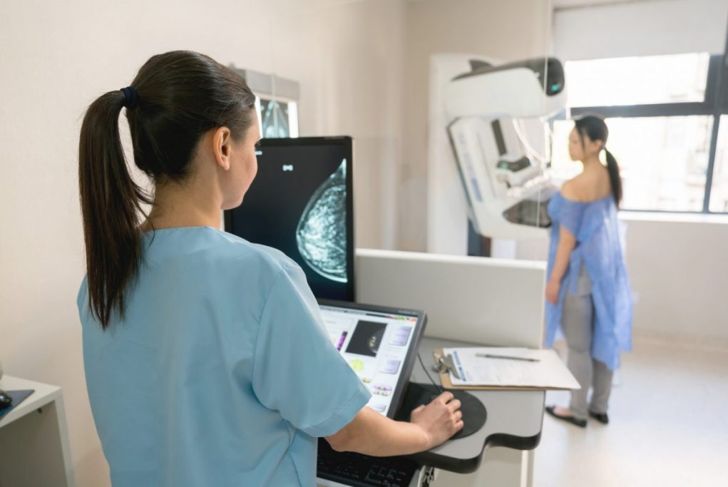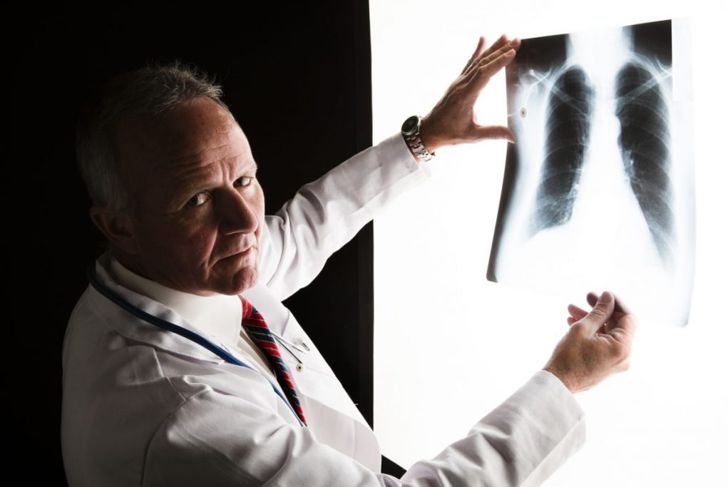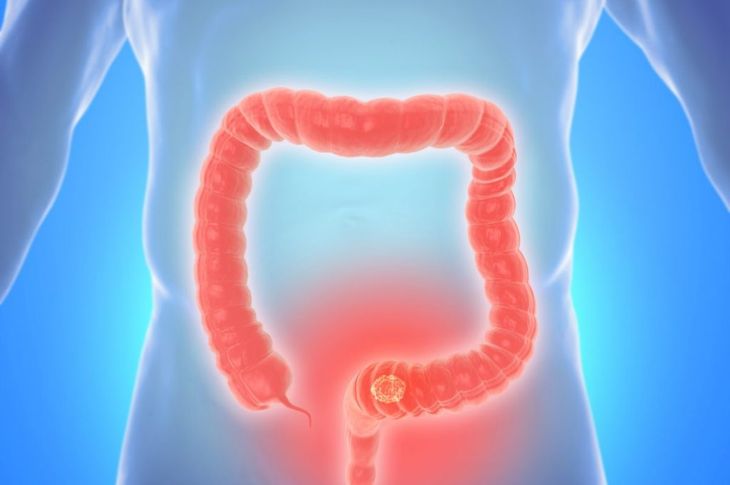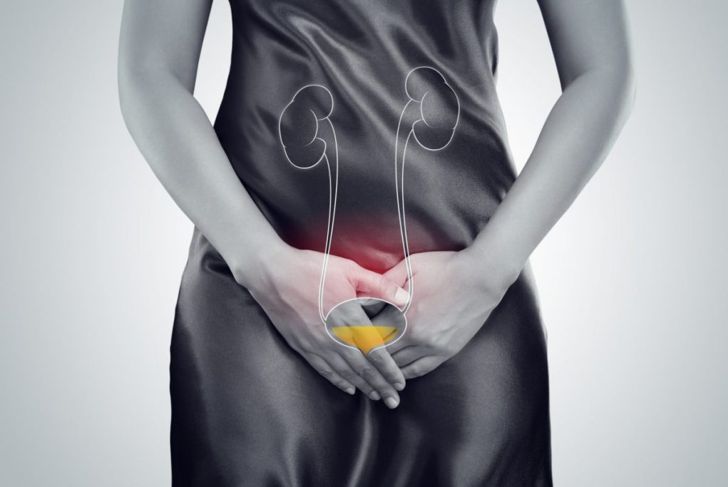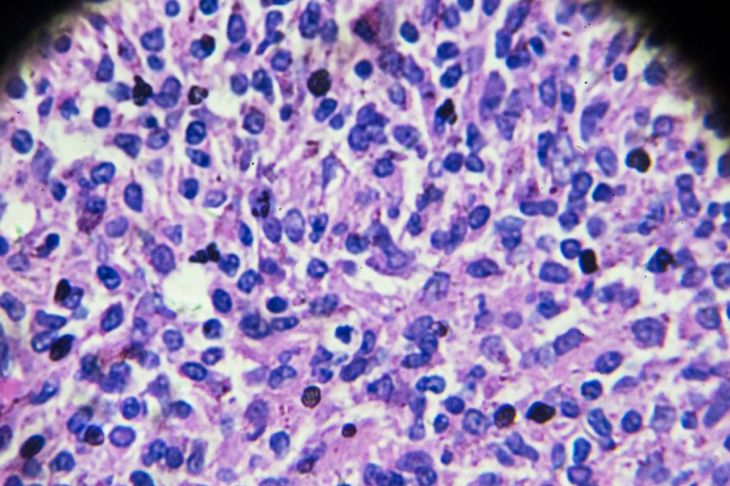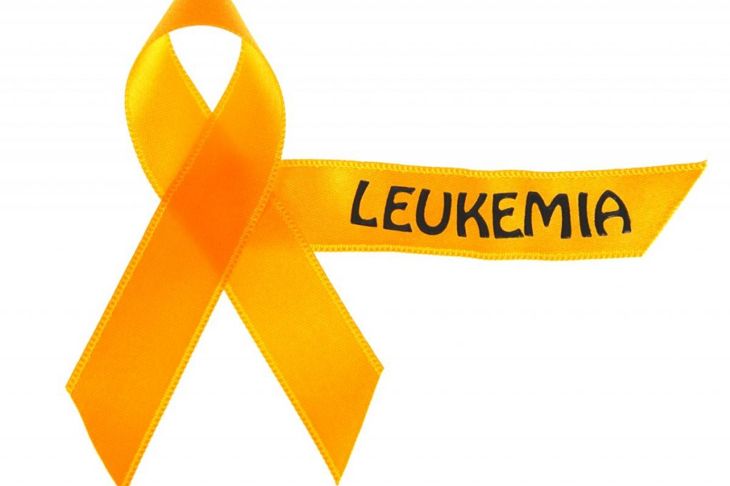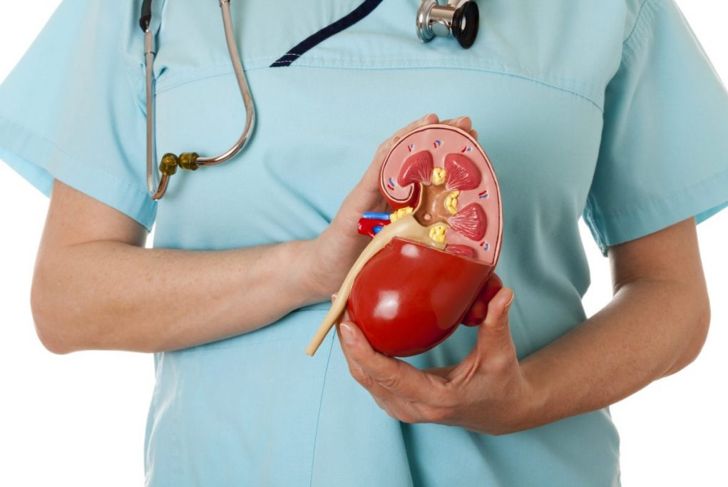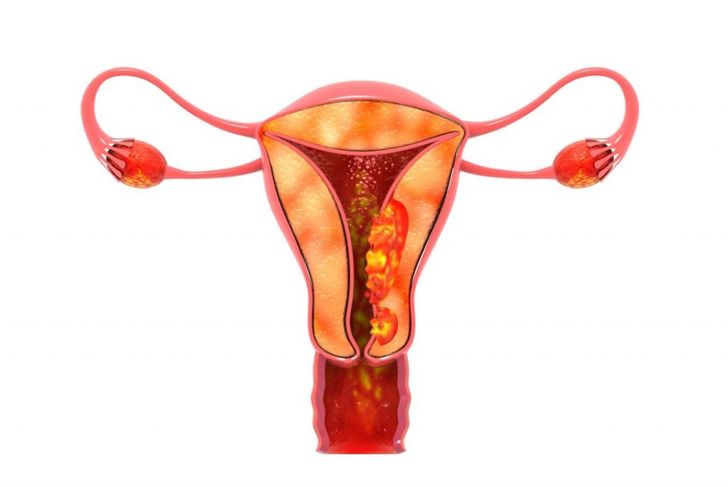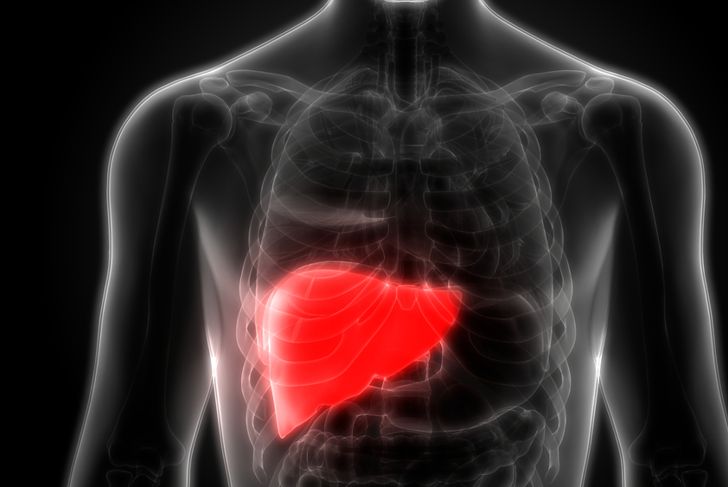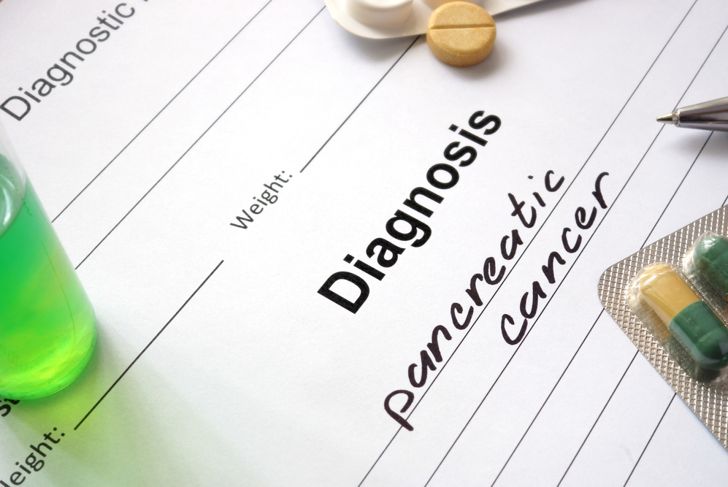Cancer occurs when abnormal cells divide uncontrollably, interrupting functions throughout the body. With the exception of blood cancer, most cancers develop as solid tumors, damaging or shutting down affected organs. Cancerous cells can quickly spread to other parts of the body and, as such, the prognosis is best when doctors identify the condition and begin treatment as early as possible.
Skin Cancer
There are several types of skin cancer, including squamous cell, basal cell, and melanoma. Squamous cell presents with red, scaly bumps that may itch or bleed when scraped. A pearly nodule similar to acne pimple or a flat scar can indicate basal cell cancer. These two types are often slow-growing and easy to treat. Melanoma is more serious and presents as an asymmetrical, dark-colored mole. The growth may change shape over time, and the cancerous cells can spread to other parts of the body.
Breast Cancer
The most common symptom of breast cancer is a lump or mass in the breast tissue, though some people also develop swollen lymph nodes under the armpit. Symptoms such as swelling of the breast tissue or dimpling of the skin may occur without a noticeable lump. Changes in the nipple, such as retraction, discharge, pain, or thickened skin, may also indicate breast cancer. Women are more likely to develop this disease than men.
Lung Cancer
Lung cancer is the leading cause of cancer deaths in the United States. Though it produces few symptoms in its earlier stages, as it advances, tumors may grow and take over the lung tissue or spread to other parts of the body. Symptoms of lung cancer include a persistent cough, coughing up blood, chest pain, hoarse voice, shortness of breath, and fatigue. Some people also experience headache, weight loss, and fever. Bone pain, trouble swallowing, abdominal pain and swelling, and neurological symptoms can develop. These symptoms occur when the tumors spread to the bones, brain, liver, or adrenal glands.
Prostate Cancer
Prostate cancer affects only men and is more common in older adults with a family history of the condition. Men who are overweight and those of African American heritage are at greater risk. Since the prostate gland surrounds the urethra below the bladder, difficulty urinating is one of the most common symptoms. Men may also experience a frequent need to urinate or trouble starting and stopping urine flow. Burning pain, blood in the urine or semen, and painful ejaculation or erectile dysfunction may also occur.
Colorectal Cancer
Colorectal cancer causes the growth of a malignant tumor that affects the colon (large intestine) or rectum. This type of cancer is often asymptomatic until the tumor is large or has invaded nearby tissues and organs. The most tell-tale signs of colon cancer are bleeding from the rectum and dark stool. Other early signs include cramping, bloating, a feeling of fullness in the rectum, a palpable lump or mass in the abdomen, and changes in bowel movements, either constipation, diarrhea, or narrowing of the stool. In later stages,individuals with colon or colorectal cancer may have nausea, lack of appetite, pain, swollen lymph nodes, anemia, and signs and symptoms of obstruction such as the inability to have a bowel movement or to pass gas, and abdominal swelling.
Bladder Cancer
Tumors in the bladder usually cause symptoms right away, making it one type of cancer doctors often detect early. The condition is most common in older men with a history of smoking. The main symptoms are pelvic pain, painful urination, and blood or blood clots in the urine. Some people also experience lower back pain and frequent urination. These symptoms are similar to a bladder or kidney infection, and this similarity can delay detection.
Non-Hodgkins Lymphoma
Non-Hodgkins lymphoma affects the lymphocytes, essential white blood cells that populate the lymph nodes, spleen, and liver and are part of the lymphatic and immune systems. Many symptoms of this cancer are similar to other conditions, making it a difficult type to diagnose. There are several subtypes of Non-Hodgkins lymphoma, and each requires unique treatment. Symptoms include swollen lymph nodes, fever, chills, fatigue, swollen belly, frequent infections, bleeding or bruising, cough, night sweats, and shortness of breath.
Leukemia
Leukemia begins in the bone marrow, where the body creates blood cells. Immature white blood cells mutate and become abnormal. There are several types of leukemia, each with similar symptoms but different prognoses. A buildup of abnormal cells and their failure to carry out their intended functions cause the symptoms of this condition. People with leukemia experience fever, swollen spleen and liver, frequent infections, weight loss, night sweats, fatigue, mouth sores, and blood clotting disorders.
Kidney Cancer
Tumors in the kidney can be challenging to diagnose, as symptoms often do not present in the early stages. When symptoms do occur, they can mimic an infection, so patients require medical imaging to receive an accurate diagnosis. Signs and symptoms of kidney cancer include blood in the urine, lower back pain, weight loss, a lump in the abdomen, fatigue, fever, and lack of appetite.
Endometrial Cancer
Endometrial cancer develops in the lining of the uterus, and post-menopausal women are most commonly affected. The most frequent symptoms are bleeding not associated with a menstrual period. Women may also experience pelvic pain, frequent urination, and pain during intercourse. To diagnose endometrial cancer, the doctor must order an ultrasound and biopsy, as a pap smear is not reliable to detect this form of cancer. However, pap smears may sometimes show signs of the abnormal uterine lining and follow up tests may help detect endometrial cancer.
Ovarian Cancer
Ovarian cancer is another condition that affects women — specifically the ovaries in the lower abdomen. Unfortunately, ovarian cancer signs and symptoms are similar to premenstrual syndrome, making it difficult to detect. Women with ovarian cancer experience bloating, abdominal pain, increased abdominal girth, trouble eating, lack of satiation, and a frequent, urgent need to urinate. More severe symptoms include fatigue, heartburn, stomach aches, back pain, pain during sex, constipation, and changes in the menstrual cycle.
Thyroid Cancer
The thyroid gland sits in the front of the neck and regulates metabolism and many other essential functions. The most common and obvious symptom of thyroid cancer is a lump on the neck that continues to grow. Individuals may also notice swelling in the neck, pain in the front of the neck that goes up to the ears, voice changes, trouble swallowing, trouble breathing, and a persistent cough. These symptoms may first be mistaken for the common cold, but will not subside.
Liver Cancer
Like most cancers, liver cancer develops over time, with symptoms and signs growing worse as the condition progresses. Symptoms common to this type of cancer include unexplained weight loss, loss of appetite, nausea, and vomiting. People may also experience abdominal pain, fluid buildup in the abdomen, itchiness, and jaundice. As a result of liver cancer, individuals often develop high blood calcium levels and low blood sugar, high cholesterol, breast enlargement, and shrinking testicles.
Pancreatic Cancer
The pancreas is responsible for turning the food we consume into energy and regulating blood sugar. Despite its essential nature, when cancer affects this organ, people typically do not experience symptoms until the malignancy has spread beyond the pancreas. Symptoms, when they do occur, include jaundice, dark urine, greasy stool, itchy skin, poor appetite, abdominal or back pain, nausea, vomiting, liver enlargement, and blood clots.

 Home
Home Health
Health Diet & Nutrition
Diet & Nutrition Living Well
Living Well More
More
